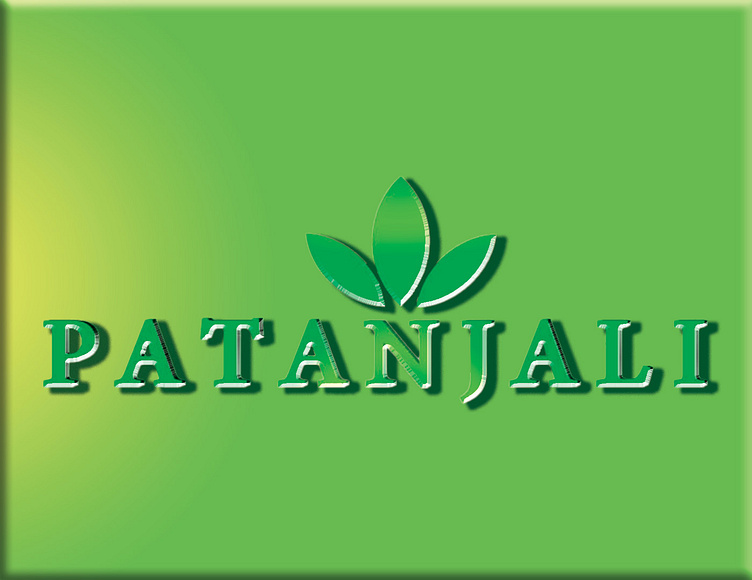10 Types of Layouts
In graphic design, various layout types are employed to organize content effectively and convey messages clearly. Here are ten notable layout styles:
Mondrian Layout: Inspired by artist Piet Mondrian, this layout utilizes a grid of vertical and horizontal lines to create rectangular sections, balancing text and images harmoniously.
Multi-Panel (Comic Strip) Layout: Employs a series of frames or panels to narrate a story or sequence, commonly seen in comics and instructional materials.
Big-Type Layout: Emphasizes large, bold typography as the primary design element, capturing attention and conveying messages powerfully.
Circus Layout: Characterized by a playful and dynamic arrangement, it incorporates bold colors, varied typography, and whimsical illustrations, often used for event posters and invitations.
Copy-Heavy Layout: Designed for content-rich pieces, it focuses on organizing extensive text in a readable and aesthetically pleasing manner.
Alphabet-Inspired Layout: Utilizes letterforms as decorative or structural elements within the design, adding a creative and thematic touch.
Silhouette Layout: Features images with silhouetted shapes, allowing text to wrap around them, creating a distinctive and engaging visual flow.
Frame Layout: Encases content within borders or frames, providing structure and highlighting specific elements.
Picture Window Layout: Dominated by a large image that serves as the focal point, with accompanying text placed strategically to complement the visual.
Rebus Layout: Integrates images or symbols within text to represent words or parts of words, creating an interactive and engaging experience.











